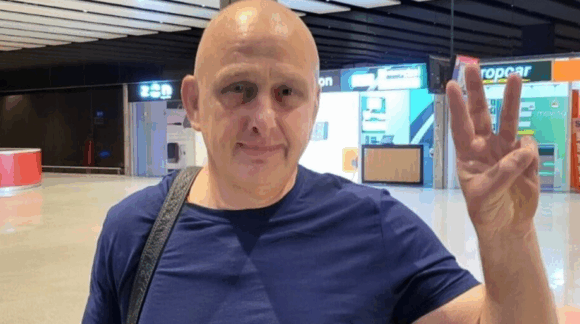The international human rights organization Reporters Without Borders calls on the Ukrainian authorities to “lift excessive restrictions” on journalists’ access to covering hostilities immediately. This is said in the organization’s statement published on March 23.
The organization notes that over 50 local communities in Ukraine are currently inaccessible to journalists. These restrictions stem from the UAF Commander-in-Chief’s decree on dividing the territory into “red”, “yellow” and green” zones.
“This decision is simply incomprehensible,” indignantly said the head of the RSF’s Eastern Europe and Central Asia desk, Jeanne Cavelier. “Journalists are being arbitrarily denied access to certain areas, while dissemination of reliable information obtained through the free work of journalists has been a major issue since the start of the conflict. RSF calls on the Ukrainian authorities to immediately lift these excessive restrictions and to initiate a fundamental reflection in order to facilitate the work of journalists.”
Having viewed the lists outlining the zones in question, media professionals are struggling to grasp the logic of this new regulation. “It’s hard to understand how towns currently shelled by the Russian army can end up in the green zone while some quite peaceful towns are classified as the red zone,” says Oksana Romaniuk, director of the Institute for Mass Information (IMI), the RSF’s partner in Ukraine. It is also curious that, say, the yellow zone includes several oblast centers, such as Mykolaiv or Kherson, in the country’s South. The chaotic and disorganized publication of these lists, in full or in part depending on the region, prevents us from knowing the exact contours of this new cartography, the RSF point out.
“Another point of misunderstanding: this new regulation is supposed to apply to all journalists, Ukrainian or foreign, working in the areas concerned, whether they are covering the war or local news. Thus, a local journalist who would like to write an article on the new playgrounds for children must now request accreditation to have access to the municipality where they work,” the statement reads.
The RSF point out that although wartime security issues may justify changes in access to certain areas, these rules must be proportionate and understandable for all journalists.
Ukraine ranks 106 out of 180 countries in the RSF World Press Freedom Index for 2022.
As IMI reported, on February 27, UAF Commander-in-Chief’s Decree No. 73 regarding engagement with the mass media during martial law was amended. According to the changes, journalists will only receive accreditation for a period of up to six months, and the frontline area will now be divided into three access zones for media workers.
Earlier, representatives of the media community proposed to create a task force at the President’s Office to improve the way their engagement with the military is regulated, and submitted their proposals on improving communication between journalists and the military to the UAF General Staff.
On March 20, the Donetsk Oblast Military Administration outlined the three zones for journalists of accredited media outlets in region – the “red”, the “yellow” and the “green”.
The three zones were also outlined in the areas under the jurisdiction of the operational and strategic group of troops “Odesa”.
On March 20, the Media Movement, as well as Ukrainian and foreign journalists called the new excessive restrictions on the work of the media during martial law unacceptable and called for an immediate resolution of the situation with access to coverage of the hostilities and their consequences.
The international human rights organization “Reporters Without Borders” called on the Ukrainian authorities to lift the restrictions on journalists’ access to covering the hostilities as well.

